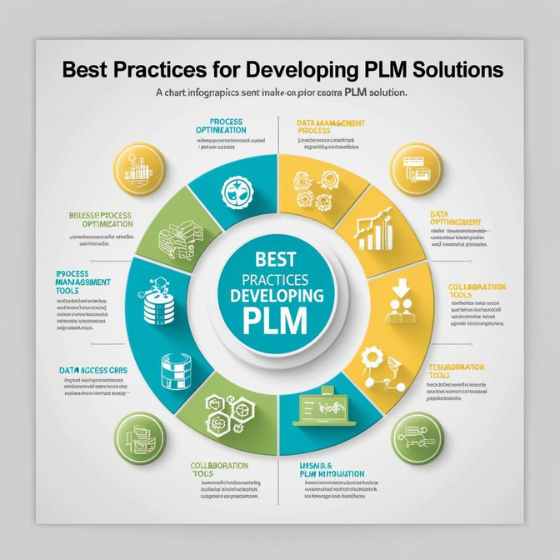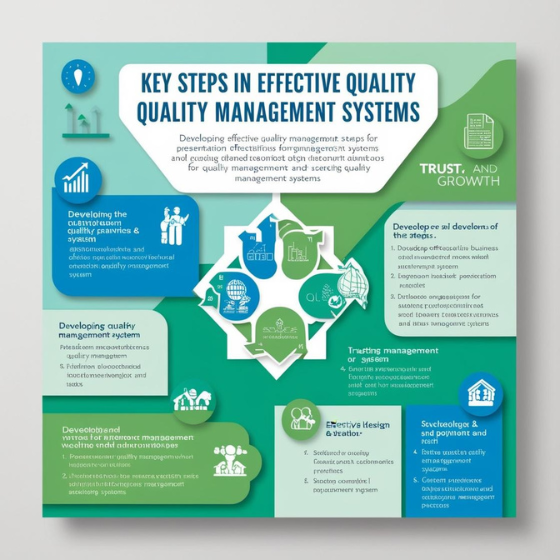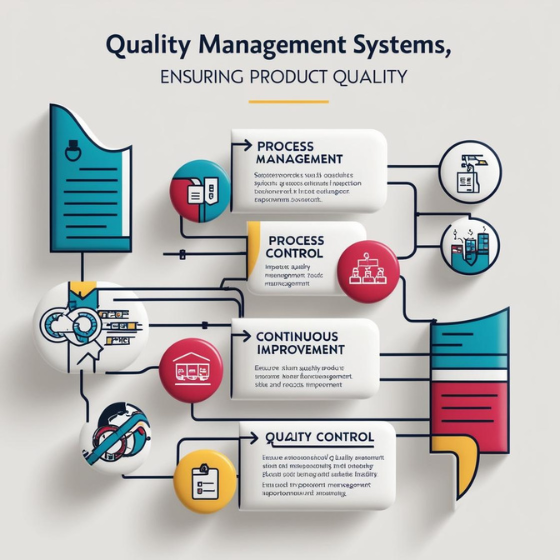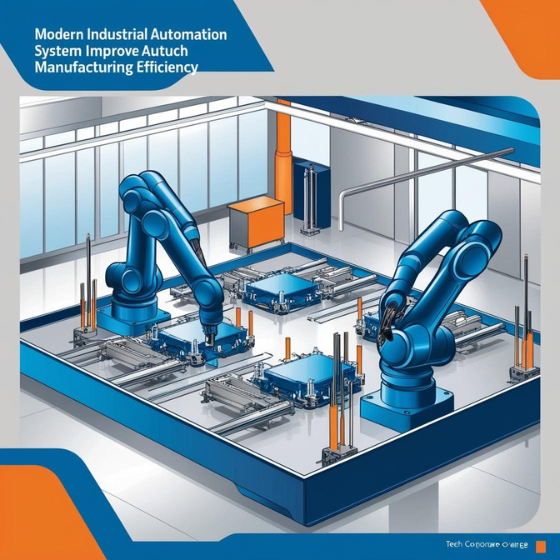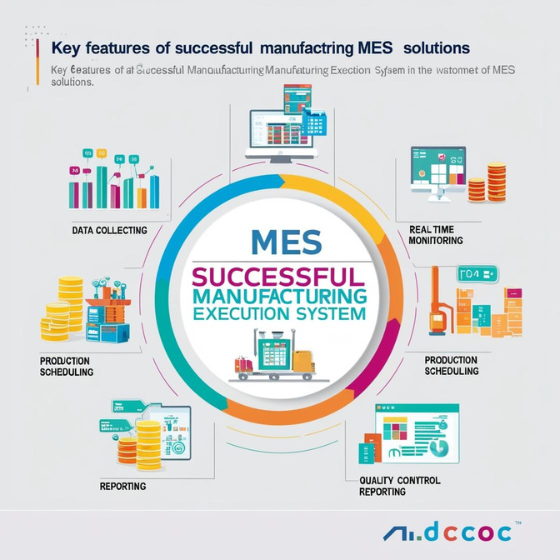Best Practices for Developing PLM Solutions
Introduction
Developing effective Product Lifecycle Management (PLM) solutions requires a strategic approach that addresses the unique challenges of managing product data across its lifecycle. From ideation to disposal, a well-designed PLM system can streamline processes, enhance collaboration, and improve overall efficiency.
In this blog, we’ll explore the best practices for developing PLM solutions, focusing on strategies that ensure successful implementation and maximum ROI. Whether you’re building a custom PLM system or upgrading an existing one, these insights will guide your journey.
Why Best Practices Matter in PLM Development
PLM solutions act as the backbone of product management, integrating workflows, data, and teams across departments. However, poorly designed systems can lead to inefficiencies, user resistance, and wasted resources. Following best practices ensures:
- Efficient data management.
- Seamless cross-functional collaboration.
- Enhanced scalability and future-readiness.
Pro Tip: Partnering with experienced developers can make a significant difference in ensuring a smooth PLM implementation.
1. Understand Business Requirements
Conduct a Comprehensive Needs Assessment
Before starting development, identify the specific challenges your organization faces in managing product data. Engage stakeholders from different departments—engineering, design, production, and marketing—to gather input.
Steps to Take:
- Conduct workshops and interviews.
- Document workflows and pain points.
- Prioritize features based on business impact.
Example: A consumer goods company reduced design-to-market time by 15% by focusing on streamlining CAD data integration during PLM development.
2. Focus on User-Centric Design
Prioritize Intuitive Interfaces
One of the most critical factors in the success of a PLM system is its usability. Ensure the interface is intuitive and user-friendly to encourage adoption across teams.
Key Features of a User-Centric PLM Solution:
- Clear navigation and organized workflows.
- Role-based dashboards for personalized views.
- Mobile-friendly design for on-the-go access.
Pro Tip: Conduct user testing at different stages of development to gather feedback and refine the design.
3. Ensure Seamless Integration
Create a Unified Digital Ecosystem
A robust PLM solution should integrate seamlessly with other enterprise systems, such as:
- ERP for resource planning and inventory management.
- CRM for aligning customer feedback with product design.
- CAD tools for efficient design collaboration.
Best Practice: Use APIs and middleware for smooth data exchange between systems, reducing redundancy and improving workflow efficiency.
4. Emphasize Data Security and Compliance
Protect Sensitive Product Information
PLM systems handle critical data, from design blueprints to proprietary manufacturing processes. Prioritize security during development to safeguard this information.
Security Measures to Implement:
- Role-based access control (RBAC).
- End-to-end encryption for data transfer.
- Regular vulnerability assessments and updates.
Insight: If your industry has regulatory requirements (e.g., FDA compliance for pharmaceuticals), ensure that your PLM solution includes features to support audits and traceability.
5. Automate Workflows
Streamline Repetitive Tasks
Automation is key to maximizing the efficiency of your PLM system. Automate tasks such as:
- Approval processes for design changes.
- Notifications for pending actions.
- Document version control and updates.
Example: A global automotive company saved hundreds of hours annually by automating its bill of materials (BOM) generation process.
6. Plan for Scalability
Future-Proof Your PLM Solution
Your PLM system should evolve with your business. Anticipate future needs and design the solution to scale as your product lines, teams, and market demands grow.
Scalability Strategies:
- Opt for modular architecture that allows adding new features.
- Use cloud-based deployment for flexibility and scalability.
- Design with global collaboration in mind for multinational teams.
7. Provide Comprehensive Training
Empower Users
Even the most advanced PLM solution won’t succeed without user buy-in. Offer thorough training to ensure all stakeholders understand how to utilize the system effectively.
Training Best Practices:
- Develop role-specific training programs.
- Provide user manuals, video tutorials, and on-demand support.
- Organize hands-on workshops to familiarize teams with the system.
8. Monitor and Optimize Post-Implementation
Continuous Improvement
The development process doesn’t end at deployment. Regularly monitor the system’s performance and gather feedback from users to identify areas for improvement.
Post-Implementation Strategies:
- Conduct quarterly reviews to measure ROI.
- Update features based on emerging technologies and user needs.
- Offer ongoing support and troubleshooting to ensure smooth operations.
Future Trends in PLM Development
1. AI and Predictive Analytics
Artificial intelligence will play a crucial role in optimizing PLM systems by predicting design flaws, analyzing market trends, and automating complex decision-making processes.
2. Cloud-Based PLM
Cloud technology is revolutionizing PLM, making it accessible to businesses of all sizes while offering flexibility and cost savings.
3. IoT and Digital Twin Integration
IoT and digital twin technology will enhance PLM by enabling real-time monitoring and simulations of products throughout their lifecycle.
4. Sustainability Metrics
Modern PLM solutions will incorporate tools to track and minimize the environmental impact of products, aligning with sustainability goals.
Conclusion
Developing a Product Lifecycle Management (PLM) solution requires careful planning, a focus on user needs, and adherence to best practices. By emphasizing integration, scalability, security, and user adoption, businesses can create a PLM system that drives efficiency, collaboration, and innovation.
At Sodio, we specialize in crafting custom PLM solutions tailored to your business needs. From concept to deployment, our team ensures your PLM system delivers measurable results and aligns with your growth strategy.
CTA: Ready to transform your product management with a cutting-edge PLM solution? Contact Sodio to learn more about our PLM development services.
